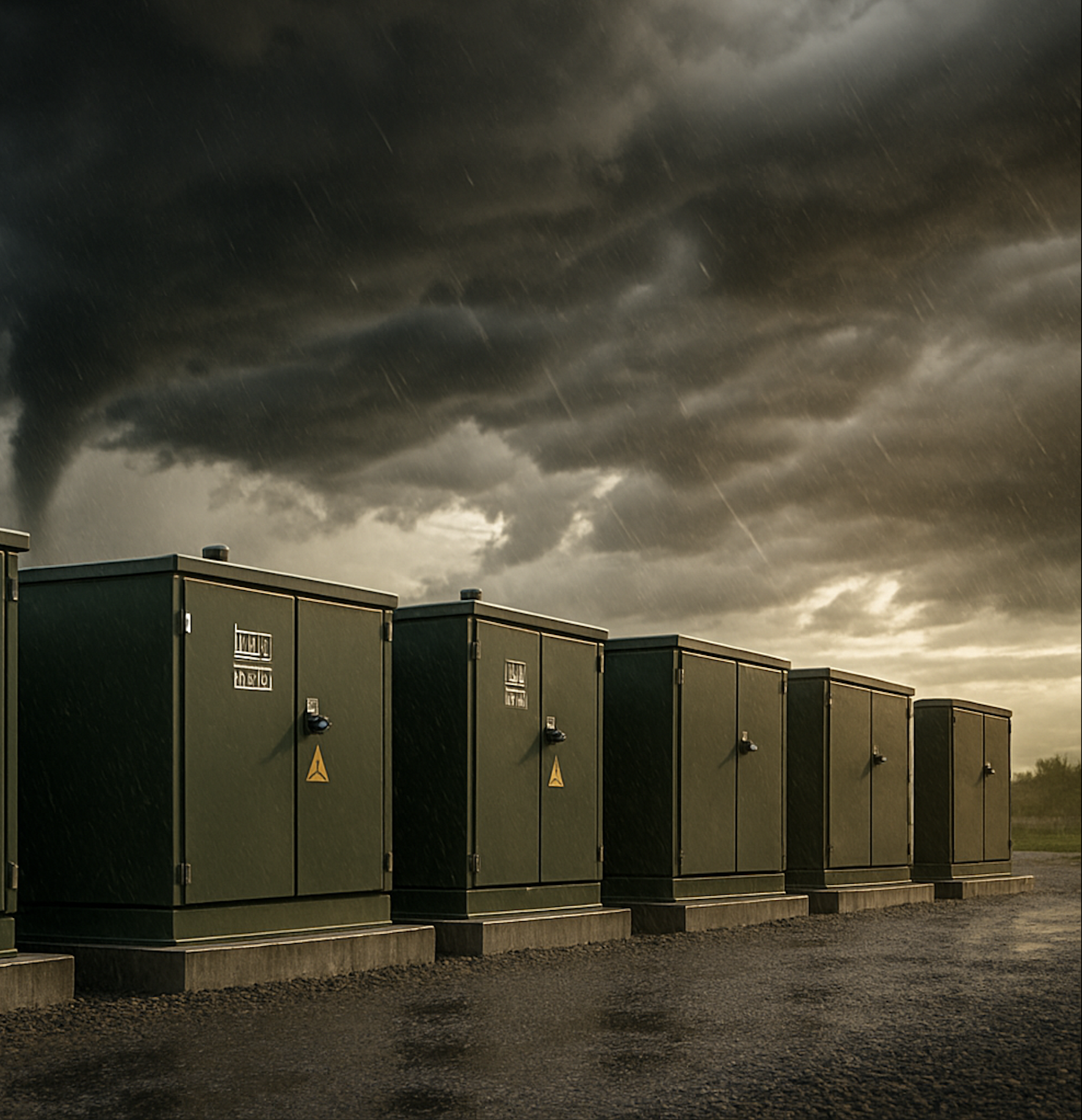Even glancing blows test grid weak points. Salt-fog, wind-borne debris, storm surge, and sheet flooding attack enclosures, bushings, and mounting hardware; thermal cycling and contamination accelerate wear. U.S. Department of Energy guidance on transformer resilience underscores that extreme weather—from hurricanes to heatwaves—can degrade equipment life and extend restoration times unless asset designs and spares strategies are tuned for local hazards.
If you operate critical loads—healthcare, water, telecom, data halls, industrial campuses—use Hurricane Erin as an action trigger:
- Map your flood and salt exposure by site. Update pad elevations, anchoring, and corrosion protection for at-risk locations.
- Standardize specs (kVA ranges, voltages, impedances, bushings/connectors) to simplify swaps under mutual aid.
- Pre-commit stock of rapid-deploy units for the August–October peak; confirm lead times and logistics lanes.
- Instrument priority feeders with portable testing kits and clear post-storm triage steps aligned to NERC/DOE resilience guidance.
Why Move Now
Erin is a near-miss for many coastal communities, but the hurricane season 2025 is far from over—and rapid intensification is no longer rare. A well-designed transformer resilience plan paired with innovative, auditable funding can shave days off restoration, protect revenue, and—most important—keep essential services online

